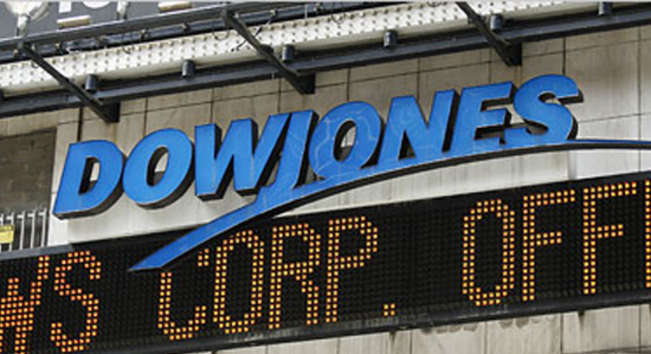Why should you look at Russell 2000 Index?

Some weeks ago (1), I wrote an article about a negated pattern of an “orthodox broadening formation” on the Dow Jones Industrial Index.
This kind of pattern is not so very common to find on price graphs; it occurs when a series of three or more price fluctuations widen out of size so that peaks and troughs can be connected with two diverging trendlines (2). Generally the pattern comprises three rallies, with each succeeding peak higher than its predecessor, and each peak separated by two bottoms, with the second bottom lower than the first one. Orthodox broadening formations are associated with market peaks. Several of these patterns, according to Edwards and Magee, appeared at the 1929 Tops of many of the active and popular stocks of that day (3). Perhaps we can best see what this formation is, if we examine the image below. I have numbered from 1 to 5 the significant turning points.
As we can see, the pattern comprises three rallies, with each succeeding peak higher than its predecessor (1, 3 and 5), and each peak separated by two bottoms (2 and 4), with the second bottom lower than first one. In Technical Analysis the patterns are not predictive but probabilistic. Sometimes a pattern could be negated and also this event could be a valid information. In the case of the small cap stocks Russel 2000 Index, we are to a critical point, that is, the price curve reached the higher peak no. 5 and the Relative Strenght vs the S&P 500, after a breakout of the downtrendline, inverted its direction (a) The next weeks will be crucial to understand if the pattern will be confirmed or negated.
(1) https://www.marketplus.ch/news/when-will-the-dow-jones-crash.html
(2) Stock Market and Practice – 1930, Technical Analysis and Market Profits – 1932, Stock Market Profits -1934;
(3) R. Edwards & J. Magee – Technical Analysis of Stock Trends – Eight edition (2001) – pp. 151-4.
Mario Valentino GUFFANTI CFTe – SAMT Vice President – Swiss Italian Chapter – mario.guffanti@samt-org.ch
Disclaimer: the above article is for general information and educational purposes only. It is not intended to be investment advice. Seek a duly licensed professional for investment advice.

